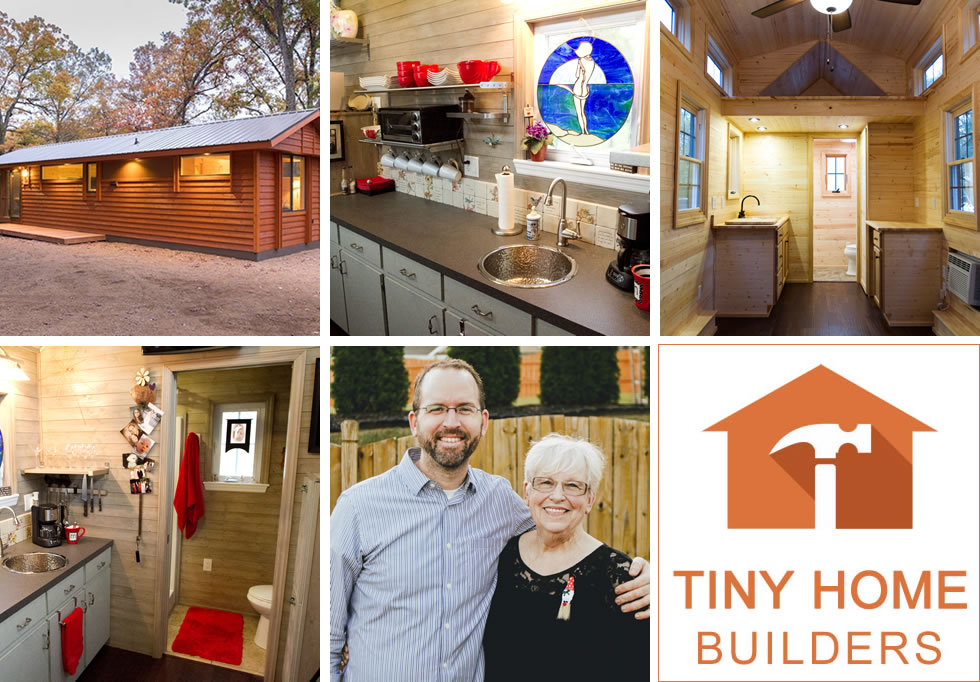
More home owners are thinking small, in fact, very small when ready to buy a house. The usual reasons are that they want to curtail their initial investment costs as well as expenses and time connected with maintenance.
Building companies and individuals in the trade have listened and have come up with the "tiny house" concept. Generally, tiny has come to be mean a house of 500 square feet or smaller. However, because many municipalities throughout the country object to single-family houses this small, tiny houses are designed to sit atop a trailer and have wheels. This means they can travel, and it puts them under the umbrella of the recreational vehicle or RV standard.
Exactly how many companies are involved and how many tiny homes have been constructed is tough to pinpoint since there’s no source tracking the numbers or setting guidelines. Though some larger manufacturers have entered the field, many more are small businesses and individual craftspeople who may construct as few as 12 a year, says Dan Louche, who got into the niche with his Tiny Home Builders company after he built a home for his mother in 2009. “She had been living in a mobile home in Florida, which was damaged by a hurricane. I decided to take on the challenge and build her an affordable, small home," says Louche, a software engineer by training whose father was a builder.
Nine years later, his company, based outside Atlanta, offers several models that can be purchased as finished homes with a working bathroom or kitchen or as kits for DIYers or those they hire for assembly. The finished homes range from 12 feet by 8 feet for $20,000 up to 32 feet by 8 feet for $65,000. A DIY kit costs far less; a 24 foot by 8 foot design costs $22,000 versus the finished version for $48,000. It takes about three months to assemble, Louche says. His company also sells trailers from $3,000 to $5,000.
Besides being in a growing field of competitors—some inspired by TV shows about the trend, Louche’s designs, he says, have evolved through the years – like others – to be more attractive and stylish. And they’re being used for retirement, vacations, rentals, or sheds. Mostly, they are being purchased by young individuals and couples before or right after they have children. These folks must be willing to take on the risk of sometimes not knowing where they will park their homes since not all municipalities accept a tiny house in a backyard. (They can always be parked in a recreational vehicle community.) “People can’t live in them, but they can travel in them. The advantage they offer over a standard RV is that they are almost twice as heavy—usually 12,000 versus 6,600 pounds—and therefore sturdier in bad weather," he says.
For those looking for resources, Louche has written a detailed book, Tiny House, Design & Construction Guide, and conducts two-day workshops six times a year that teach everything from building techniques, electrical and plumbing work, framing and even how to use tools for beginners. His website, tinyhousebuilders.com, also has a map that indicates the next evolution related to these homes—tiny house communities such as Escape Traveler’s Canoe Bay Escape Village. And the magazine, Custom Home, offers a list of other companies throughout the country that sell finished homes and plans. Don’t expect to find a photo of Louche’s own tiny house, however. With three children he says it wasn’t a viable option!
